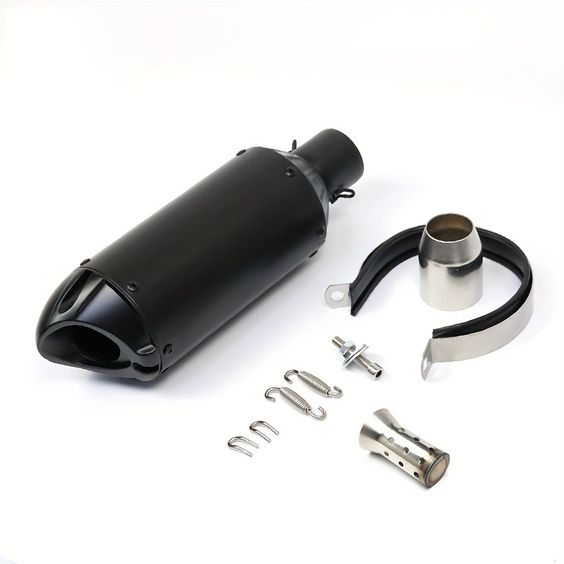QuickBooks is a popular accounting software used by small businesses for financial management. The accounting process in QuickBooks typically involves the following steps:
- Setting up your company profile: The first step is to create your company profile, which includes details such as your business name, address, and tax ID number. This information is used to generate financial reports and track expenses.
- Chart of accounts: The next step is to set up a chart of accounts. This involves creating categories for all of your business’s financial transactions, such as income, expenses, assets, liabilities, and equity.
- Adding bank accounts and credit cards: QuickBooks allows you to connect your bank accounts and credit cards to automatically import transactions. You can also manually enter transactions if necessary.
- Recording transactions: You can record transactions such as income, expenses, and transfers in QuickBooks. It is important to categorize transactions correctly to ensure accurate financial reporting.
- Reconciling accounts: Reconciliation involves verifying that the transactions in QuickBooks match the transactions on your bank and credit card statements. This helps ensure that all transactions are accounted for and there are no discrepancies.
- Generating financial reports: QuickBooks provides various financial reports, such as profit and loss statements, balance sheets, and cash flow statements. These reports can help you understand your business’s financial performance and make informed decisions.
- Payroll processing: QuickBooks also offers payroll processing services, which allows you to manage employee payroll, taxes, and other deductions
- Invoicing and payment processing: QuickBooks allows you to create and send invoices to customers, and track payment status. You can also process payments directly within QuickBooks using payment processing services like QuickBooks Payments.
- Budgeting: QuickBooks offers budgeting tools that help you set financial goals and track progress towards those goals. You can create budgets for different categories and compare actual spending to budgeted amounts.
- Collaboration: QuickBooks allows multiple users to access and work on the same data simultaneously. This is useful for businesses with multiple employees or external accountants who need access to financial data.
- Integrations: QuickBooks integrates with many other business software applications, such as payment processing platforms, inventory management systems, and customer relationship management software. This allows businesses to streamline their processes and keep all their data in one place.
In summary, QuickBooks offers a comprehensive set of tools for small businesses to manage their accounting processes. From setting up a chart of accounts to generating financial reports and managing payroll, QuickBooks can help businesses stay organized and make informed financial decisions.
Invoicing Clients And Getting Paid in QuickBooks
Invoicing and getting paid in QuickBooks is a straightforward process that can help small businesses streamline their billing and payment collection processes. Here are the steps to invoicing clients and getting paid in QuickBooks:
- Set up customers: The first step is to create a customer profile in QuickBooks. This includes their name, address, email, and other contact information.
- Create an invoice: To create an invoice, select “Invoicing” from the main menu and then click on “Create Invoice.” Enter the customer’s name, date, and description of the goods or services provided. You can also add any applicable taxes or discounts.
- Send the invoice: After creating the invoice, you can send it to the customer via email or print it out and mail it. QuickBooks allows you to customize the invoice template with your logo, payment terms, and other details.
- Receive payment: When the customer pays the invoice, you can record the payment in QuickBooks. You can do this manually by entering the payment information or using QuickBooks Payments to accept payments online.
- Track payment status: QuickBooks allows you to track the payment status of each invoice, so you can see which ones have been paid, are overdue, or are still pending.
- Set up automatic reminders: To ensure timely payment, you can set up automatic reminders for overdue invoices. QuickBooks will send an email reminder to the customer when the invoice becomes past due.
- Generate reports: QuickBooks provides various reports that show your invoicing and payment history, such as the Accounts Receivable Aging report and the Sales by Customer Summary report.
Overall, using QuickBooks for invoicing and payment collection can help small businesses stay organized and get paid faster. With customizable invoice templates, payment tracking, and automated reminders, QuickBooks can simplify the billing process and help ensure timely payment. Learn More
Also Read: How to Fix Quickbook Script Error
Also Read: How to Print w2 from Quickbooks


